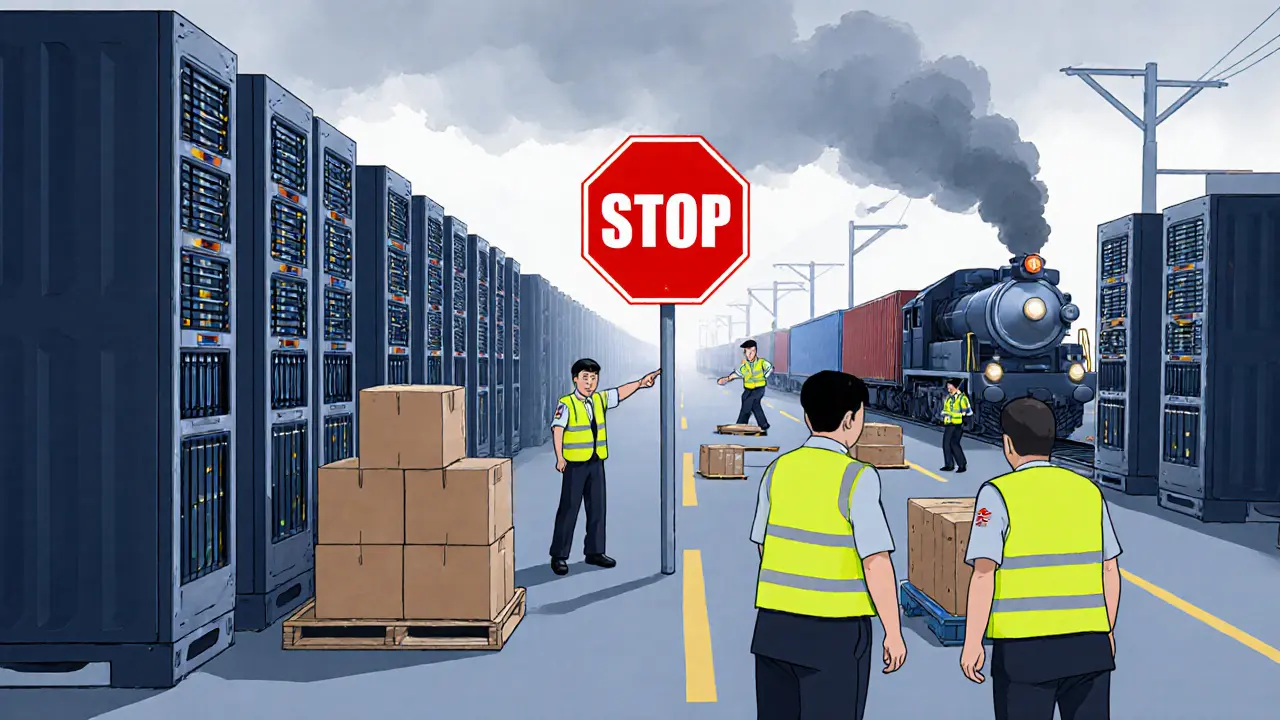Bitcoin Miner Relocation – How Moves Shape the Crypto Landscape
When working with Bitcoin miner relocation, the process of moving Bitcoin mining operations from one jurisdiction to another to optimize costs, compliance, and performance. Also known as Mining migration, it has become a hot topic as miners chase cheaper power and friendlier regulations. Bitcoin miner relocation isn’t just packing hardware and shipping it – it reshapes the whole ecosystem, from hash‑rate distribution to local economies. Understanding Bitcoin mining, the proof‑of‑work activity that secures the network and creates new coins helps explain why location matters.
Key Drivers Behind Mining Relocation
The most obvious trigger is Electricity costs, the price per kilowatt‑hour that miners pay for power. A 10% drop in price can turn an unprofitable farm into a cash‑flow machine overnight. At the same time, the Regulatory environment, the set of laws, licensing requirements, and tax policies that govern mining activity in a region can either open doors or slam them shut. Countries that impose heavy taxes or ban proof‑of‑work push operators toward friendlier jurisdictions. The combination of cheap, reliable power and a clear legal framework creates the perfect storm for relocation decisions.
Beyond energy and law, the choice of Mining hardware, the ASIC machines and supporting infrastructure that perform the hash calculations plays a pivotal role. Newer generation ASICs consume less power per terahash, so miners look for places where they can run the latest equipment without hitting capacity limits on the grid. The availability of cooling solutions—air‑cooled versus immersion‑cooled setups—also influences the move, because climate zones affect operating costs and hardware lifespan.
Geographic migration patterns reveal a clear shift toward regions with abundant renewable energy. Texas, with its wind surplus, attracted dozens of farms after the 2022 price spikes in China. Meanwhile, Kazakhstan’s natural gas discounts sparked a wave of relocations in early 2023, only to be throttled later by new tax rules. Canada’s hydro‑rich provinces and the Nordic countries’ stable grids are now the next hotspots. Each move alters the global hash‑rate map, concentrating mining power in places that can offer consistent, low‑cost power while keeping the network decentralized.
Environmental impact is another growing concern. Relocating to renewable‑heavy zones reduces carbon footprints and can earn miners green‑certificates, which some exchanges now require for listing. On the economic side, host regions benefit from job creation, infrastructure upgrades, and increased tax revenues, while the original locations may face a sudden drop in industrial demand. These ripple effects make miner relocation a broader economic and ecological decision, not just a profit‑maximizing trick.
Below you’ll find a curated set of articles that dive deeper into the topics that drive Bitcoin miner relocation. From detailed analyses of electricity pricing trends and regulatory updates, to practical guides on moving ASIC rigs and evaluating new hardware, the collection equips you with the knowledge needed to assess whether a move makes sense for your operation. Let’s explore the insights and see how each piece fits into the bigger picture of mining migration.
Chinese Crypto Mining Exodus: Where Bitcoin Miners Relocated in 2021‑2022
Discover how China's 2021 mining crackdown pushed Bitcoin miners to Kazakhstan, Texas, and other regions, reshaping the global hash rate landscape.
